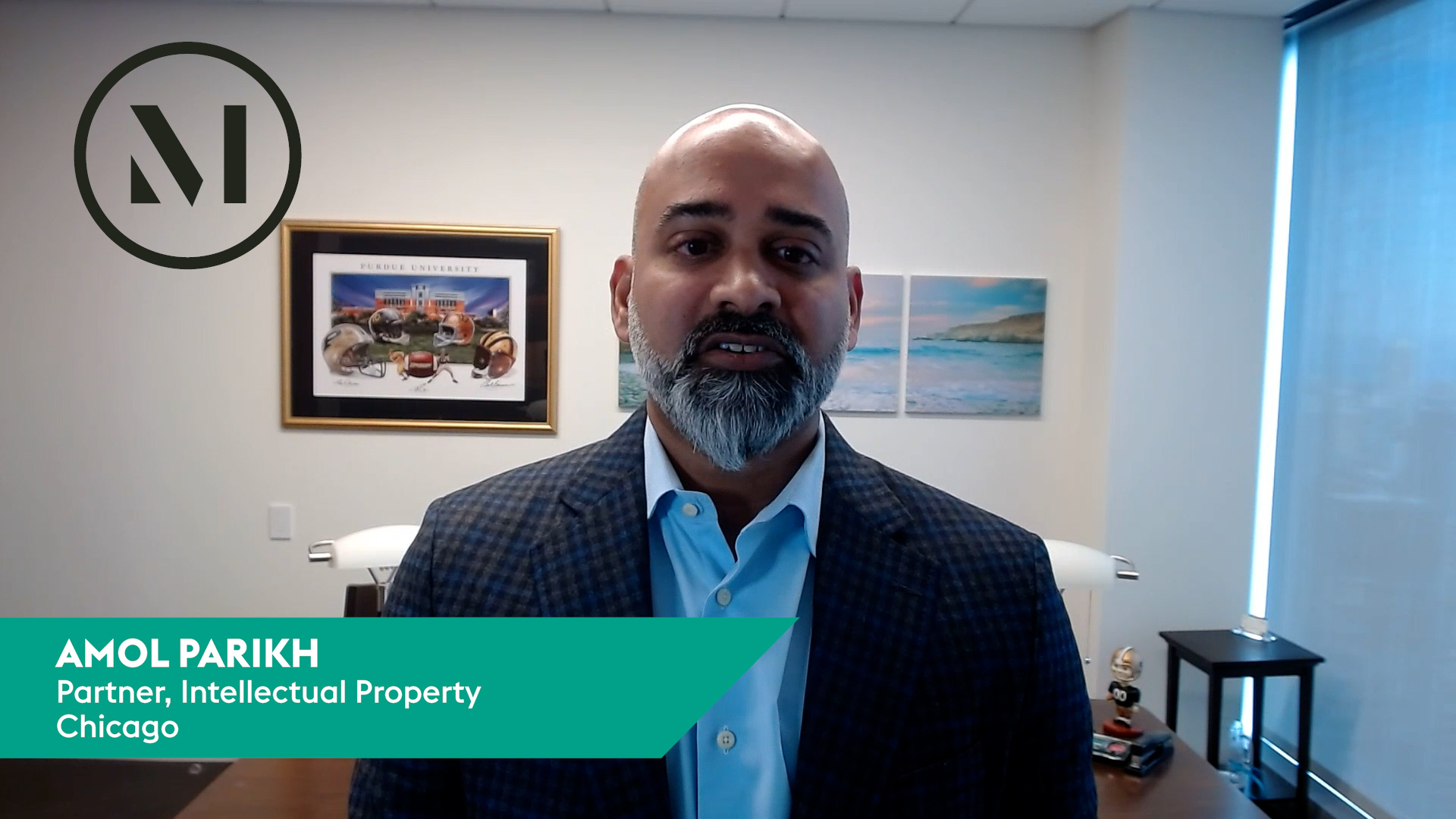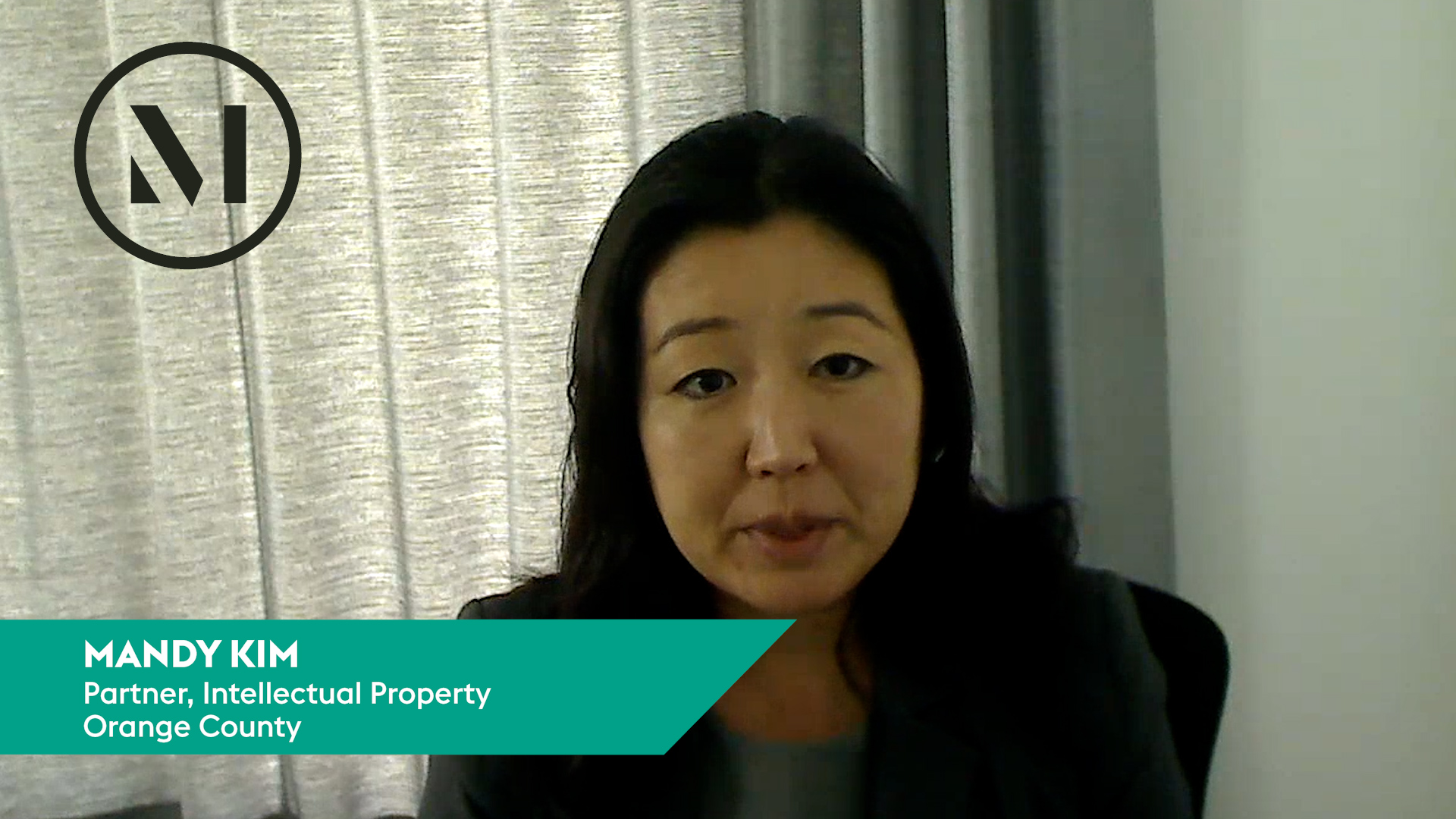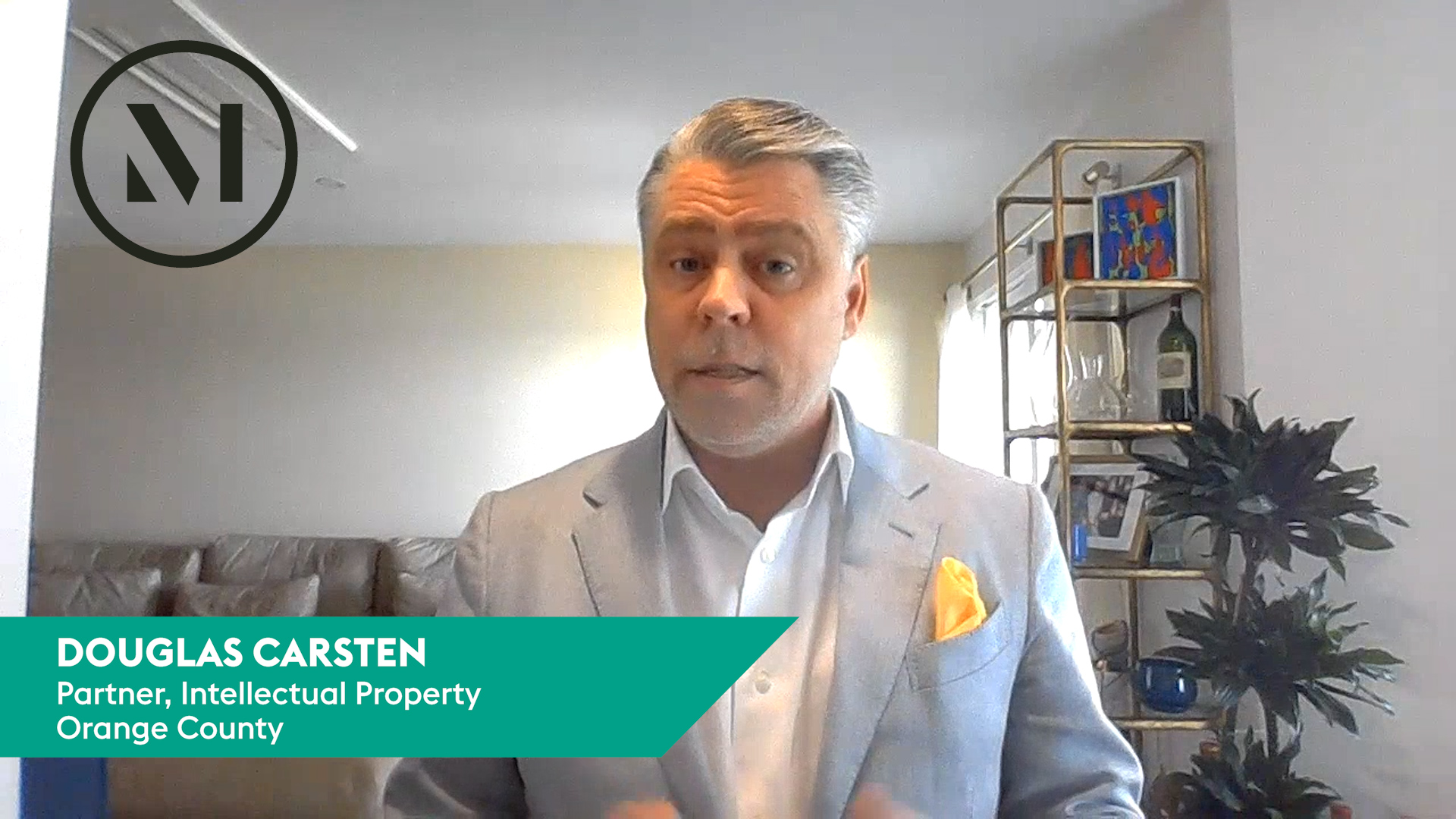The US Court of Appeals for the Federal Circuit found that claims covering a naturally occurring composition were not patent eligible under 35 U.S.C. § 101 merely because one component of the composition had been “isolated.” ChromaDex, Inc. v. Elysium Health, Inc., Case No. 2022-1116 (Fed. Cir. Feb. 13, 2023) (Chen, Prost, Stoll, JJ.)
ChromaDex sued Elysium (a former ChromaDex customer) for infringement of its patent directed to dietary supplements containing nicotinamide riboside (NR). Elysium moved for summary judgment, arguing that the asserted claims were invalid under the § 101 prohibition against patenting natural phenomena. After the district court granted summary judgment, ChromaDex appealed.
The asserted claims were directed to a composition comprising:
- Isolated NR
- One or more of tryptophan, nicotinic acid or nicotinamide
- One of 22 carriers
- Increased NAD+ biosynthesis after eating.
Both parties conceded that milk satisfies every element of the asserted claims with the exception that its NR is not “isolated.” Both parties also conceded that milk is a naturally occurring material and thus not patent eligible under § 101.
On these facts, the issue presented was whether the claim limitation that the NR must be “isolated” (which does not occur in nature) was sufficient to make the claims patent eligible. The Federal Circuit responded “no.”
The Federal Circuit analyzed the asserted claims under two tests: the “markedly different characteristics” test set out in Chakrabarty, and the Alice two-step test (unsure whether Chakrabarty remains controlling precedent).
Under the Chakrabarty test, a claimed composition is not a natural phenomenon if it has “markedly different characteristics” from what occurs in nature. The Federal Circuit found that ChromaDex’s claimed composition had no markedly different characteristics from natural milk. While ChromaDex argued that isolation potentially allowed for unnaturally high concentrations of NR, the claims did not require such concentrations. The claims included compositions structurally and functionally identical to milk and therefore failed the “markedly different characteristics” Chakrabarty test.
Proceeding to the two-part Alice test, under step 1 the Federal Circuit found that the claims were directed to a product of nature because there were no structural differences between the claimed composition and natural milk. Under step two, the Court found that there was no “inventive step” because the claims were merely directed to increasing NAD+ biosynthesis, which was a natural principle that resulted from drinking milk.
Practice Note: During claim drafting, care should be taken to avoid claims that encompass all structural and functional components of a naturally occurring material.
read more

 Subscribe
Subscribe





